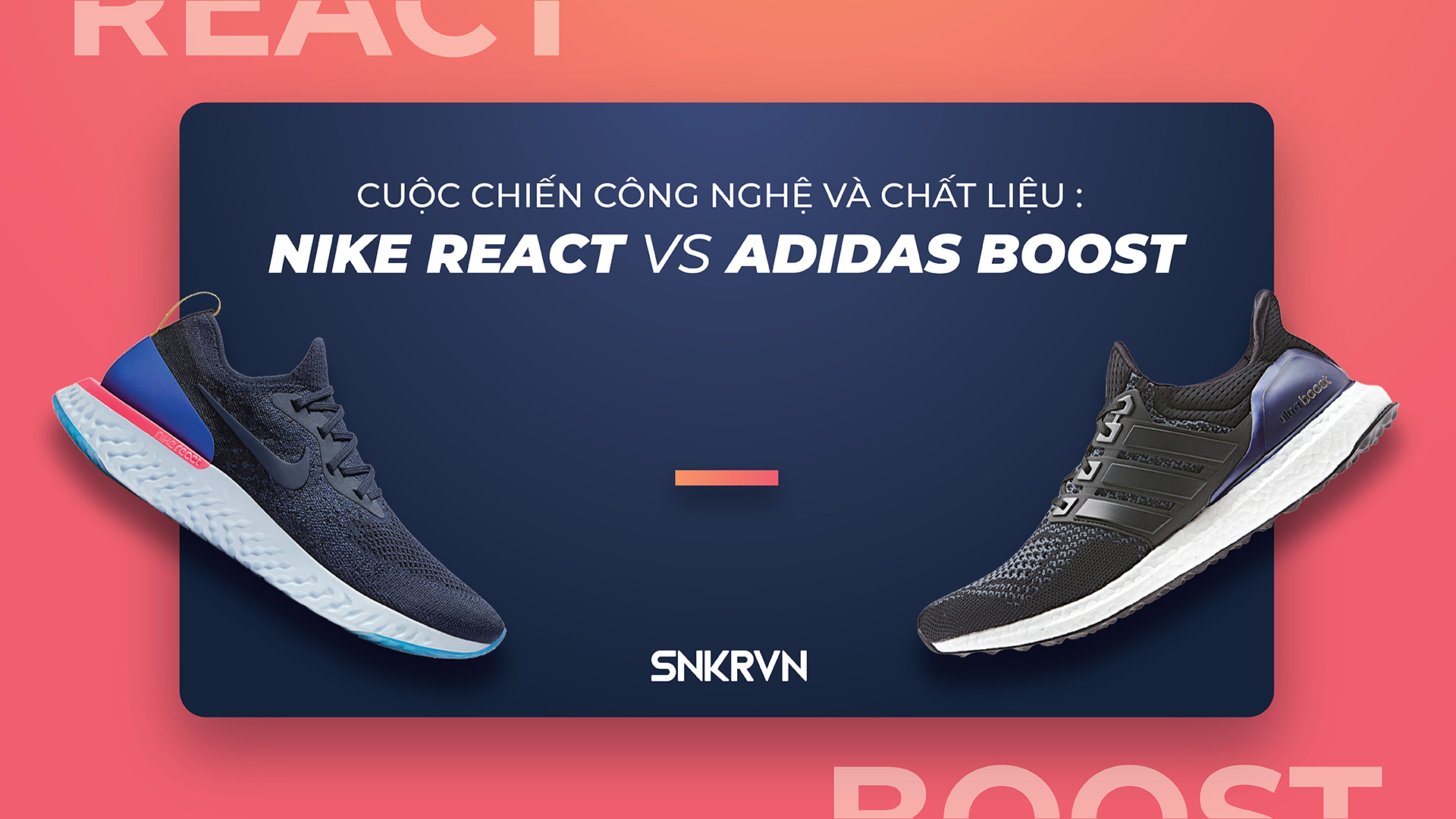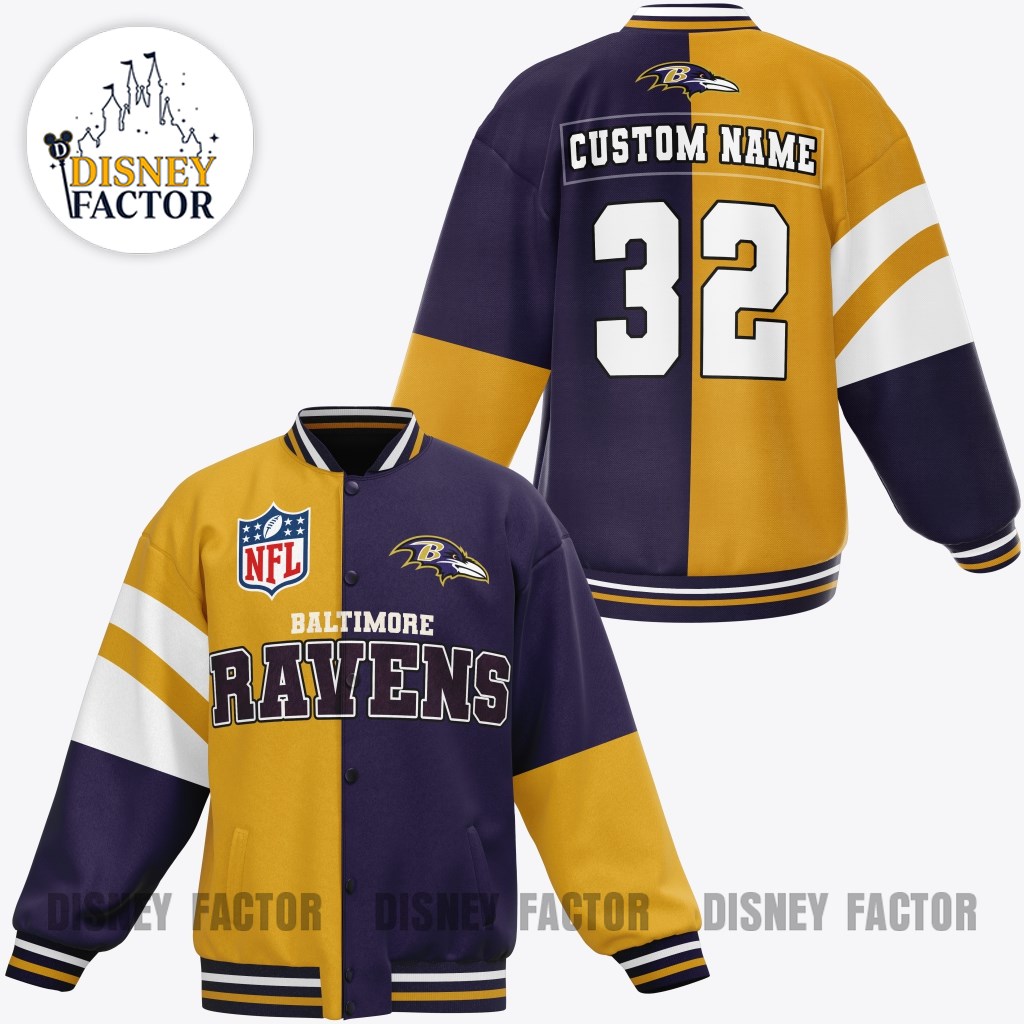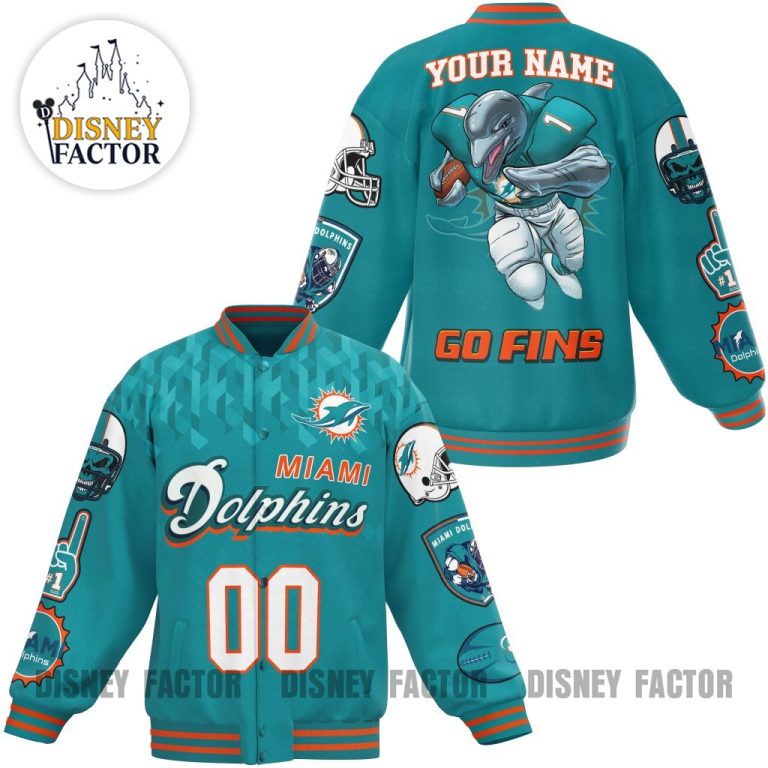Nike React vs. adidas BOOST

For the past five years adidas’ Boost foam sole technology has dominated the world and we have all been waiting for Nike’s answer for that long. We do not know the exact time Nike spent researching and developing a competitive sole, but many people believe that the newly released Nike React sole, no matter how quality, has. It’s too late in the game. On the other hand, delay means “the Swoosh” has spent a lot of time and resources developing a state of the art, high quality technology. So, regardless of the looks, what’s the likelihood that Nike React can topple the adidas Boost?
Ordinary consumers may think, which foam base is the same as what foam base! Many people would not think there is any difference between today’s soleplates, but the truth is that a lot of scientific research and chemical fabrication has been done to produce comfortable soles. this.
Thank you for reading this post, don't forget to subscribe!
A little back in history, the most primitive foam-mixed rubber sole was born in 1929 and created by chemist named Eric Owen. And so porous materials made of synthetic polymers like plastic and synthetic rubber were born.

The first foam material made for the sole was EVA (Ethylene-vinyl acetate – a mixture of randomly distributed vinyl acetate links with ethylene links). This material technology has been widely used on footwear for more than 30 years. From the very beginning, shoe manufacturers saw the benefit of refining individual material components to create a better blend. Until recently, in fabrication processes, a wide variety of blending, stretching, heating, and cooling of the raw materials belonging to belonging were explored and tested to give diverse mixed properties.

All properties of a material can be fine-tuned – like thickness, elasticity, durability, degradation speed and erratic temperature reactivity – and that’s just for one foam. Today, big companies have another option, a thermo-plastic polyurethane (TPU) foam, which also has a wide variety of tweakable, even more, properties.

Before React was developed and released, Nike’s most premium foam sole was Lunarlon, made from EVA. Lunarlon is very light, but cannot match the elasticity, elasticity with Boost, made of TPU. TPU’s “predecessor” quality, PU, has been abandoned since the 90s. PU has been used to fabricate shoe soles because of its ease of casting and its ability to stabilize soft EVA components. PU is used on the New Balance ENCAP sole and over the Nike Air sole. However, the weak point that prevents PU from being widely used is its poor tolerance.

For that reason, it’s understandable that shoe companies are focusing on EVA for fabrication – but downsides also emerge. First of all, EVA has low abrasion resistance as well as easily deformed when compressed. Understandably, EVA quickly loses its elasticity. Obviously, these outdated stuffs won’t be the answer. And so, the chemical company BASF The upgraded version of TPU is made by Germany – it’s a pre-stretched micro TPU.

This is also the material version bought and used by adidas to make the Boost sole super smooth. However, this could be considered a disadvantage for adidas when, unlike Nike, which self-developed, invented and fully owned React technology, it does not actually own the patent rights of the technology used. on Boost. This explains the higher cost of the adidas UltraBoost line ($ 180) compared to the Nike Epic React Flyknit ($ 150) because the “3-striped” company pays a percentage of its profits on BASF’s technology.


Speaking of Nike React, this is an entirely new kind of synthetic rubber sole made by Nike’s own chemical and scientific research and development team. Of course, true to Nike’s style, they are not foolishly revealing the specific ingredients used to make this sole. Publications include Nike React using new, premium materials and leveraging advanced, flexible positioning technologies. Nike ran a test, comparing the Nike Epic React Flyknit with their best running shoe ever, the LunarEpic Flyknit 2, and found the Epic React Flyknit to be softer, smoother, more resilient and more durable. much. And, as if to piss off competitors, Nike also announced that the React sole is 30% lighter than the Boost sole.

The last point to emphasize is that there can never be a perfect foam mixture. The problem is, in order for the foam to be made as possible, the higher the carrier’s requirements are. Remember, the wearer’s different weight and running speed also greatly affect the shoe’s elasticity, compression, and energy transfer. The challenge is how to find the most stable balance for the sole.

Whether the actual success of Nike’s new insole technology is still to be seen, but can be said on this particular React vs Boost battle, Nike is getting a bit better. Plus, adidas’ Boost sole remains unchanged for the past 5 years. The adidas insistence that their Boost base remains “the best on the market” is like Apple advertising that the iPhone 5S is still the most advanced phone.
The time has come for a new warrior to appear on the ring to change the mood. And the Nike React sole is an extremely bright newcomer.
Translate and adapt from: Sneaker Freaker
Comment
Source: Nike React vs. adidas BOOST
– Eachshoes.com





